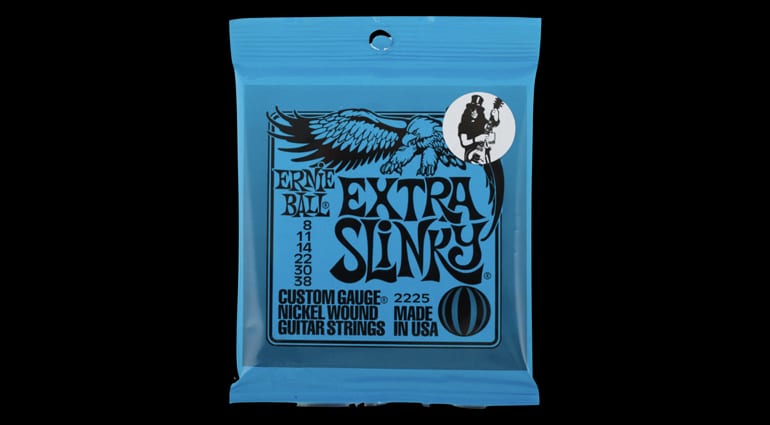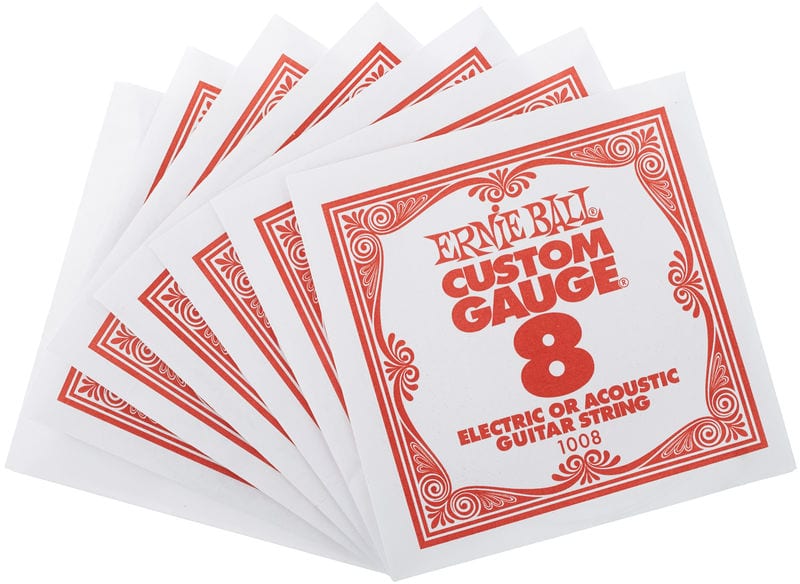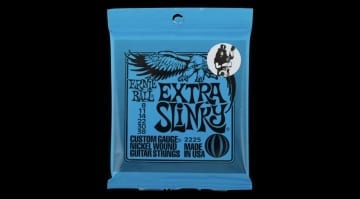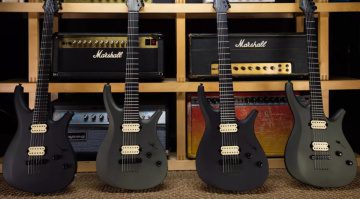String gauge: Does it matter and should we even care?
Heavier strings equals more tone… Or so we’ve heard countless times. But is there any truth to this statement? YouTuber Rick Beato puts this myth to the test in a new video on his channel, with some interesting results. If you haven’t yet seen his video about string gauge, grab a beverage and set aside 16 minutes. It might change the way you view (and hear) guitar strings.
Heavy vs Light strings
Rick Beato runs one of my favourite YouTube channels. He has a passion for music and lots of experience in the industry. His analysis of classic tracks, studio production techniques and willingness to challenge the accepted wisdom of the masses has resulted in a lot of entertaining and informative content.
The accepted wisdom is that the heavier the gauge of string, the better the tone. It turns out we may be all barking up the wrong tree. In his latest video, he demonstrates the impact different string gauges have on tone, and also shares a brief history of string gauges through the years as used by different guitarists.
SRV has a lot to answer for
Back in the mid-80s, 9 gauge strings were all the rage. Nearly everyone I knew was playing them. That all changed when Stevie Ray Vaughan hit us all hard, with his insane blues-drenched riffs and pentatonic solos. Word quickly spread among the guitar community that Mr Vaughan’s tone was down to his use of heavy strings like 12 or even 13 gauge strings. But Stevie was a heavy-handed player, and so it made sense for him to string his Stratocaster with heavy wire that could take a pounding. And although notorious for using heavy string gauges, SRV actually settled on 11s towards the end of his career, which when tuned half a step down on his 25.5″ scale guitar, would have given him the same tension as 10s in standard tuning.
Smells like the ’90s
Then came the ’90s and the Grunge explosion. Sonic Youth were back on the rise with their unique tunings, while bands like Nirvana, Alice in Chains, Pearl Jam and Soundgarden started tuning down to drop D, a technique popularised by the Godfather of Grunge, Neil Young. Once again, 9 gauge strings couldn’t cope with the low tunings so lots of guitarists tended to use heavier gauges.
But what about the ’60s?
I found it very interesting to hear that during the ’60s, pro rock/blues guitarists were actually playing lighter strings, and often used 8 gauge strings to achieve their blues bends, double stops and vibrato. It’s worth noting, that at the time, the electric guitar was still relatively new and Stratocasters were shipping out with 12s (with a wound G), so players started customising their string gauges. Some players even mixed them with banjo strings. A lot of famous players like Frank Zappa, Jimi Hendrix and Jimmy Page preferred thinner strings. Billy Gibbons of ZZ Top famously switched to 8s after BB King tried one of his guitars and was surprised at how heavy his strings were, asking him why he was ‘working so hard’. It seems BB liked a light set as well.
Lighter gauge = Classic tone?
So the question has become: Will lighter strings give us classic rock/blues tone? You’ll have to watch the video to find out. Rick Beato made some fantastic recordings using different string gauges on the same guitar, and I think the results allow for an objective audio comparison. He also talks about how the different gauges feel to play and makes some interesting points.
I really enjoyed the video and highly recommend watching it. I’m sure it will be an eye-opener for many people.
In case you want to lighten your strings, why not try some Ernie Ball Super Slinky Gauge 8s!
More Information
Video
You are currently viewing a placeholder content from YouTube. To access the actual content, click the button below. Please note that doing so will share data with third-party providers.










